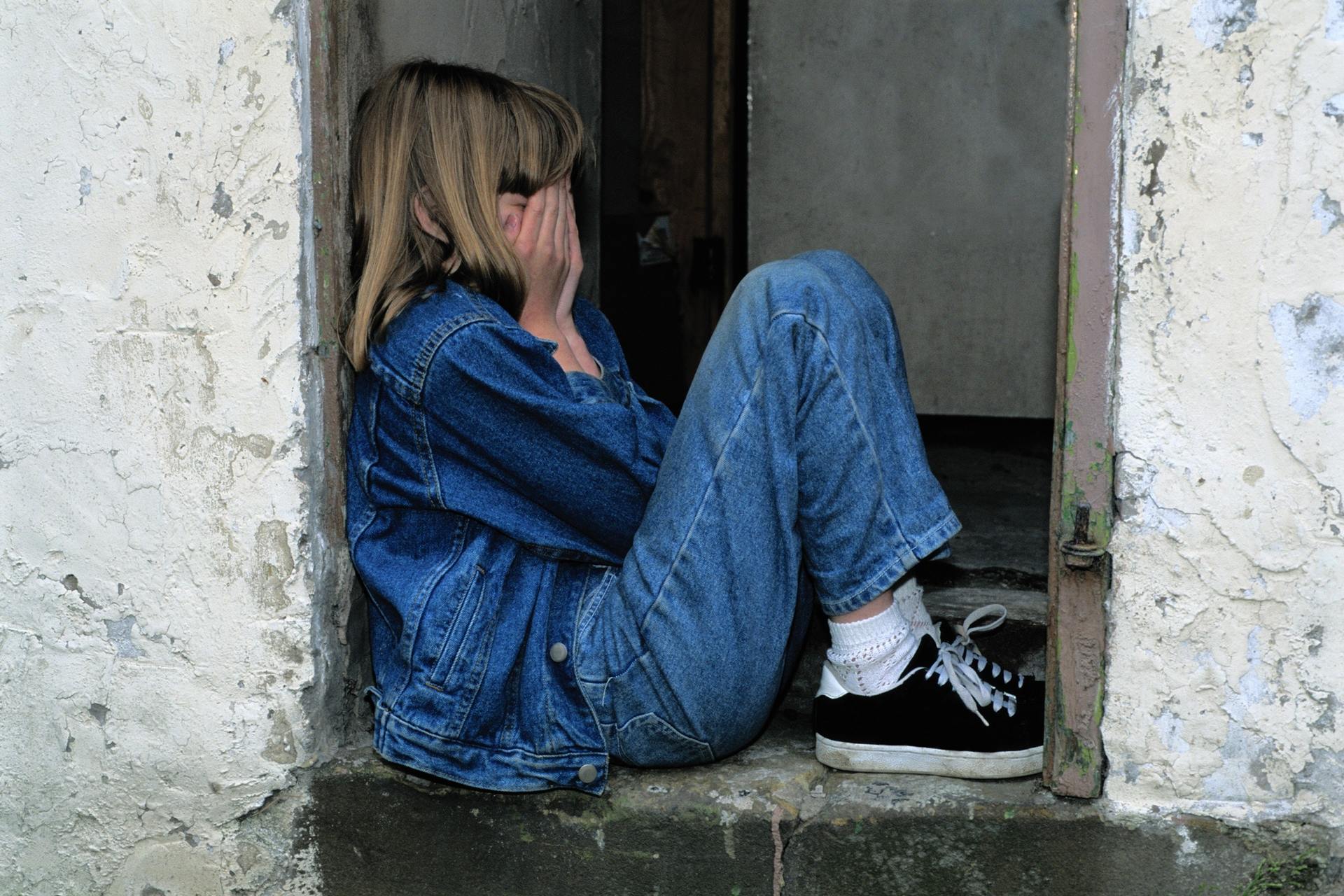School
5 min Read
What Canada’s schools are doing about bullying

July 23, 2012
School
5 min Read

July 23, 2012

 It is painful for her to admit, but Christina, 25, says she
It is painful for her to admit, but Christina, 25, says she
was a childhood bully. “When I was in Grade 5, my friend and I followed this girl,
called her a lesbian and made fun of her for crying all the time. We pretended to be
her friend but made up a name that was code for her and talked about her in front
of her face. Then we finally told her what we were doing. We even got notebooks
to write bad things about her all the time. We bullied this girl so much that her
mom called the police on us. I guess what made me pick on her and other people,
was that they always seemed scared so it was easy. I finally stopped, for many
reasons. One was that I moved, and I found myself alone and without friends and
I knew how the girl felt.”
Seeing your child come home in tears after being picked on at school is a
parent’s worst fear. On the other hand, no parent wants their child to intentionally
hurt another as Christina did.
PREVNet (Promoting Relationships and Eliminating Violence Network) is
an organization of 62 researchers from 27 Canadian universities and 52 national
groups whose mission is to develop a national strategy to reduce problems
of bullying and victimization throughout Canada. According to PREVNet, 12
percent of girls and 18 percent of boys report having bullied someone at least twice
in previous months.
As schools and parents learn how to help the bullied, learning how to recognize
and treat the bully is a key step in preventing it all together.
“Parents are an underutilized resource in the prevention of bullying,” says Dr.
Wendy Craig, scientific co-director of PREVNet. She stresses that to prevent their
children from becoming bullies, parents need to be on the lookout for the skills
their children are NOT developing: self-regulation, verbal skills, problem-solving
skills and a sense of how one’s actions are affecting others.
To help nurture these skills,
parents can model and teach
correct behaviour in an educative
way instead of a punitive way.
For example, instead of yelling
at your child for being rude or
grabbing, you could say “I think
we need a re-do. Do you want to
ask your sister for that again?” If
they’re stumped on how to ask for
the object politely, give your child
the words to use so they can get
it right. Dr. Craig tells parents to
“trust your intuition and always
start with the small stuff.”
One of the most successful
anti-bullying programs can be
found in Finland. The schools
that have the “Kiva” program
proudly boast that there is no
bullying in their schools. How?
They use a universal, whole school
approach in handling bullying
and violent situations. They
address individual situations in
a way that supports the victims,
but all students are responsible for
their behaviour. In other words,
bullying is everyone’s problem. (Read more about other successful bullying programs.)
Taking a cue from Kiva, the
Canadian Research into Bullying
Programs in Schools, through
the National Crime Prevention
Strategy (NCPC), stresses the
importance of a whole school
approach. Schools in Canada
have historically approached
bullying on a case-by-case basis.
Now, with proven research,
Canadian schools are beginning to
implement programs that not only
look at the bully and the victim,
but also take into account school
culture, peer pressure, bystander
influence and family dynamics to
create an overall environment of
respect, empathy and safety.
According to Dr. Shelley Hymel,
professor at the University of
British Columbia, bullying peaks
between Grades 8 and 10, when
children’s social skills are fairly
sophisticated but identity is still
in development and kids are still
in the pre-conventional stage of
morality.
“Kids are in this stage through high school.
The primary focus is ‘what’s in it for me’. They
will do the right thing to avoid punishment or
gain rewards. They have all the skills to engage
in bullying, but don’t have the morality to see
the big picture.” Teaching empathy with clear,
consistent boundaries and consequences has
been a useful approach.
Many school boards have a zero tolerance
policy towards bullying. The bully, and
in some cases the bullied, faces inevitable
suspensions. The rigid model has many
experts concerned.
“All situations are different,” says Dr. Hymel,
recalling a story from Anchorage, Alaska, of
a boy who was being bullied. Because of the
zero tolerance policy, he was suspended along
with the bullies. When the bullying happened
again in front of a teacher, he felt sure that
he wouldn’t be suspended again. However,
the zero tolerance guidelines still led to him
being suspended. Feeling there was nothing
left to do, he attempted suicide. He survived,
but will be in his parents’ care and on feeding
tubes for the rest of his life. His parents’ lawyer
sponsored a team of experts to come to Alaska
to give a conference regarding bullying to fi nd
other solutions that may save other families
from their tragedy.
Whatever program is implemented in your
school or community, PREVNet contends
that a successful anti-bullying initiative needs
to include all children, regardless of their
involvement. This means that programs and
strategies must address the needs and provide
the necessary support for children who are
victimized, children who bully, and children
who watch bullying occur.
Vancouver-based writer Michelle Eades is
interested in social issues of children.
Originally published in ParentsCanada magazine, August/September 2012.